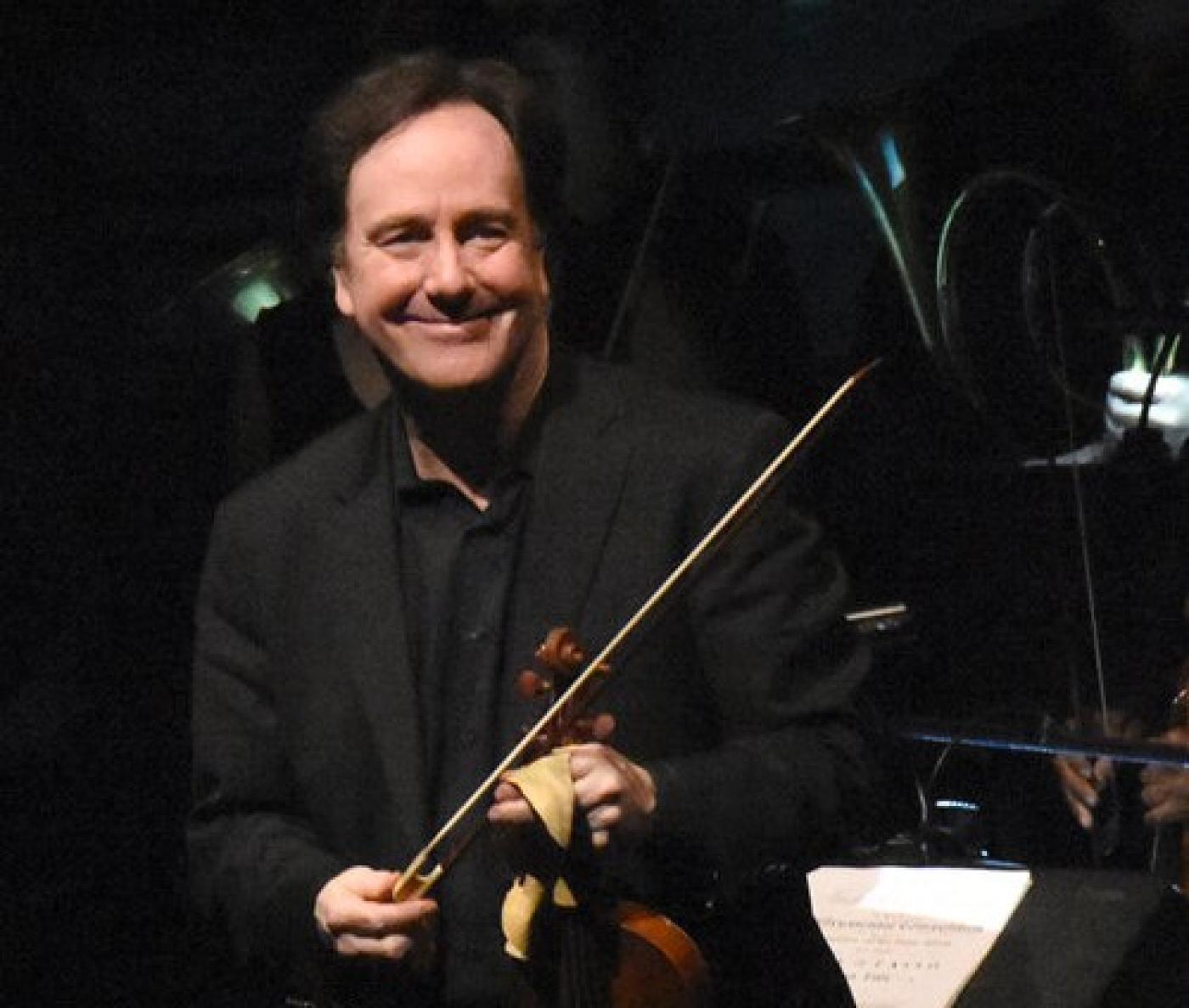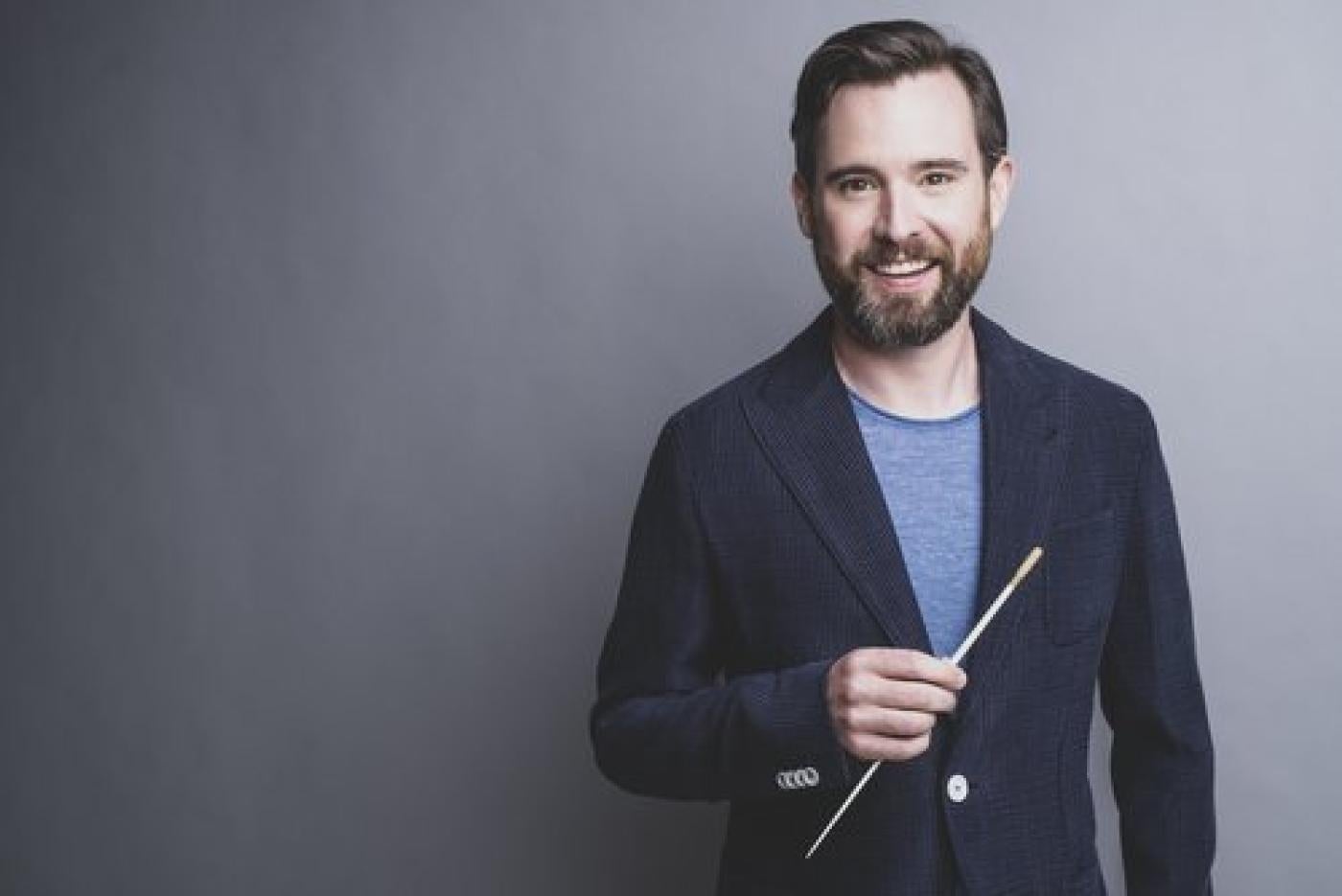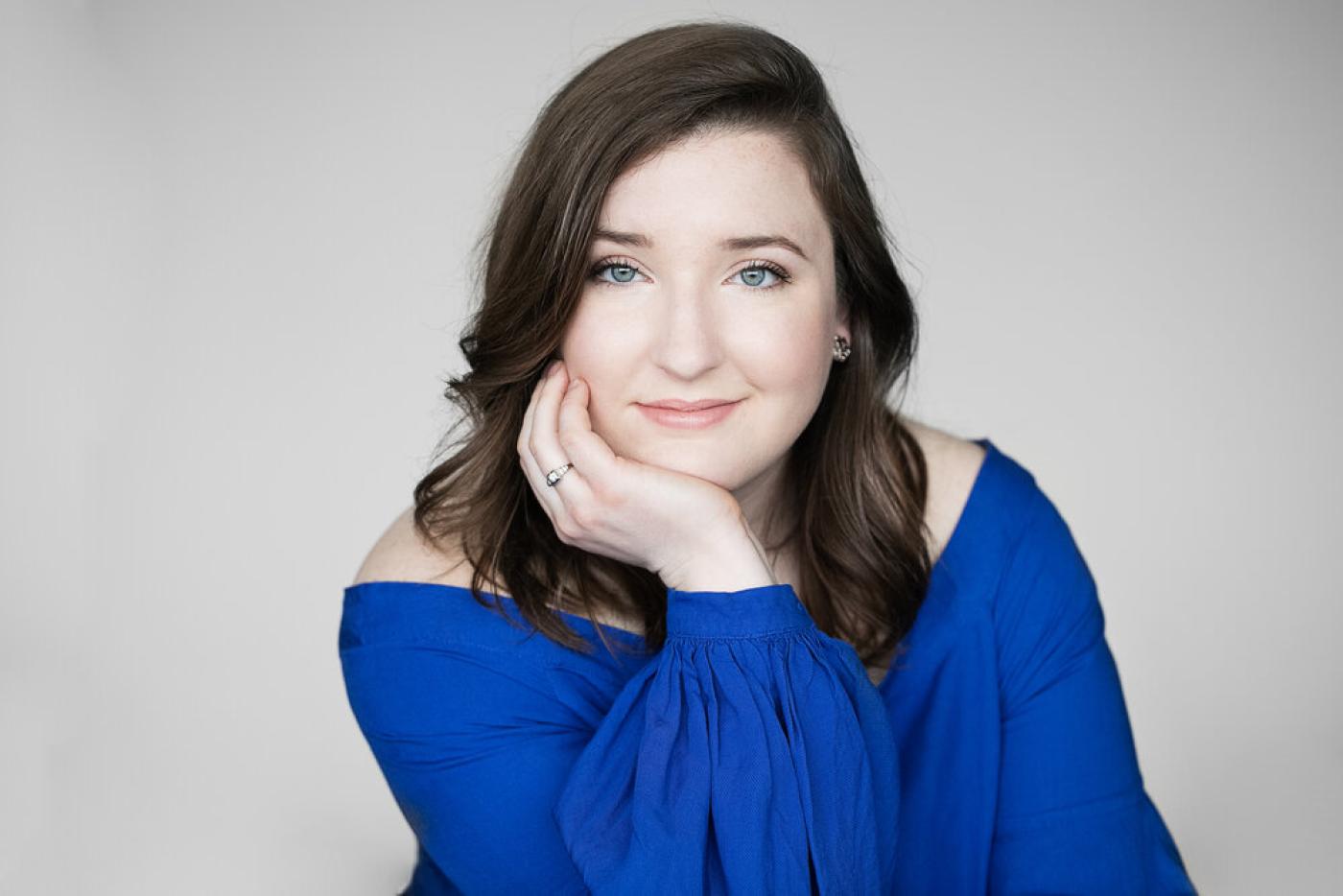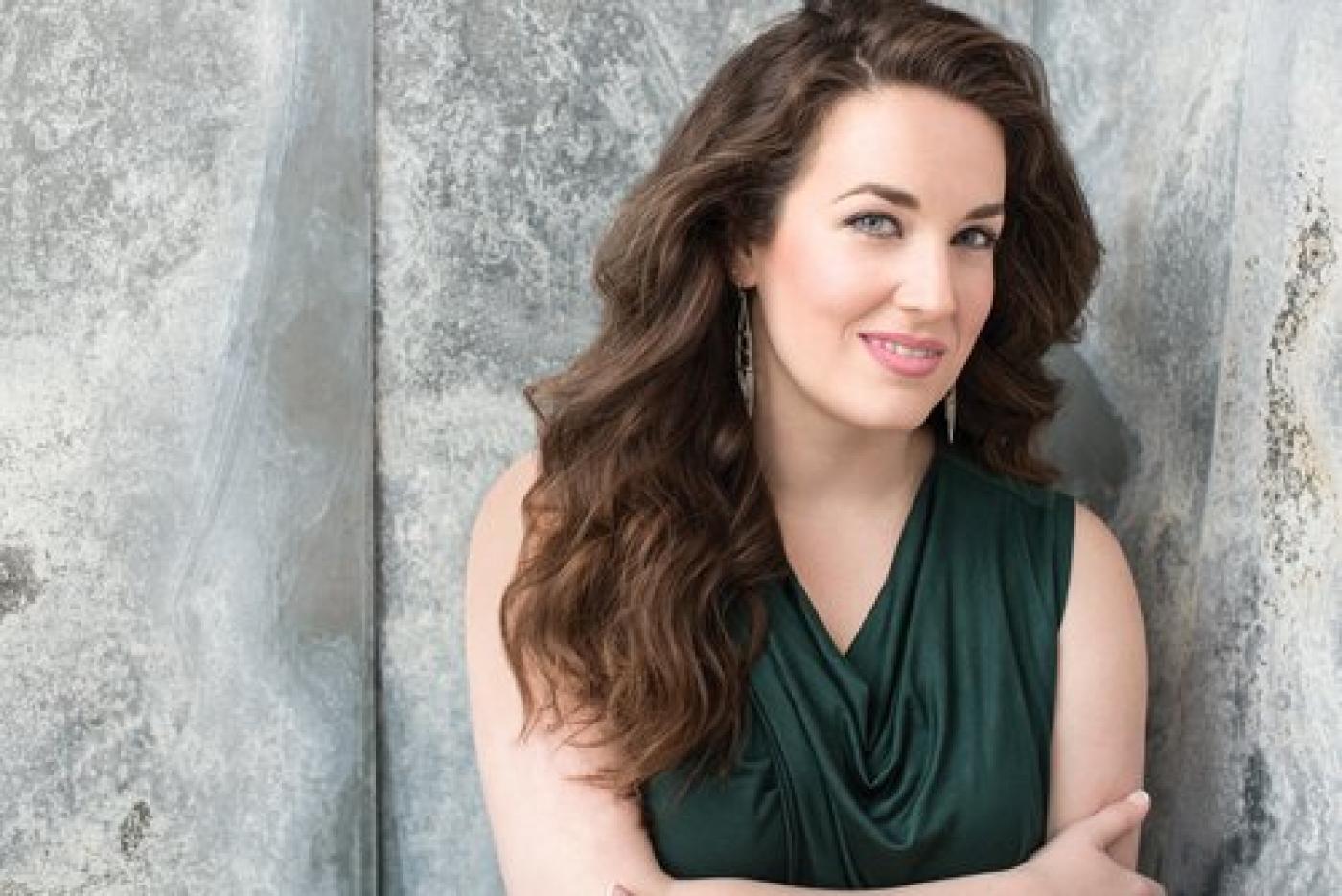The current season of Opera Lafayette, the DC-based company devoted to historically informed performances of operas from the early Baroque to early Romantic eras, is called “The Era of Madame de Pompadour”, a triptych of programs devoted to music that figured prominently in the heady environment of Parisian culture in the mid-18th century fostered by Pompadour’s salons, in which the foundational principles of the Enlightenment were taking shape. The second of these programs consists of the two best-known works of Giovanni Battista Pergolesi, the tragically short-lived Neapolitan composer who died in 1736 at the age of 26.
In 1752 a performance by a touring Italian troupe of Pergolesi’s short comic opera La serva padrona (“The servant turned mistress”) at the Paris Opéra (performed in French as La Servante maîtresse, as it will be on Opera Lafayette’s upcoming program) incited a major schism in France between the partisans of Italian and French opera styles (which you can read about in Dr. Julia Doe’s excellent program notes.)
James Jacobs: I asked Ryan Brown, Opera Lafayette’s founder and artistic director, about how an Italian composer could capture the imagination and inflame the passions of Parisians sixteen years after his death.
Ryan Brown: The tremendous popularity of Pergolesi in France during this period was not only an indication of where musical style was headed (simpler, shorter, immediately accessible) but an impetus for heated discussions (about musical nationalism and even social hierarchies) which played out in the tastes of Pompadour and criticism of her as someone from the bourgeoisie who attained great influence at court.
It’s so interesting that the conservative French were still performing Lully (who died in the 1680’s) in the 1750’s, and that at one point around the later period, a performance of Pergolesi’s comedy was inserted between acts of a Lully opera! Unlike Lully, Pergolesi’s career was cut short by his untimely death, so it’s all the more remarkable that during his short life he produced a body of work that continued to be so influential throughout the century.
James Jacobs: Besides the opera, the other work on the program is Pergolesi’s sublime setting of the Stabat Mater, the 13th-century Christian hymn depicting the grief of Mary lamenting the crucifixion from her perspective as Jesus’s mother. Both works are scored for two voices accompanied by a small string orchestra, and they both last between 40-50 minutes, but according to Patrick Dupré Quigley, the guest conductor of this program, the similarities pretty much end there.
Patrick Dupré Quigley: Other than effortless melodies that seem almost inevitable, and a common approach to cadential material – the musical punctuations which let us know when a phrase or a section is complete – the two pieces could not be more different. The numbers of LSM [La Servante maîtresse] are entirely in major key areas, while the SM [Stabat Mater] plumbs the depth of primarily-though-not-entirely minor key harmony. The phrase lengths are decidedly short in LSM, while almost romantically long in the SM. And while LSM is decidedly upbeat and chipper in its tempi, the SM is committedly reserved and somber in plumbing the depths of the profound scenario it presents.
James Jacobs: One common thread that can be identified both within the program and its context within Opera Lafayette's season is what it meant to be a woman in the 18th century. Soprano Hannah De Priest and Mezzo Soprano Sarah Mesko share their thoughts.
Hanna De Priest: The character Serpina (Zerbine in our French language production) runs circles around her male stage companions, figuratively and literally. She is ambitious, cheekily optimistic, and fiendishly manipulative. The opera's entire plot is devised by Zerbine - the show the audience is watching is the acting out of her absurdist plan to marry her master.
Yes, women of the 18th century were broadly locked into a rigid social structure that limited their opportunities, but the very existence of a show like La servante maitresse proves that cannot be the whole story. Imagine: night after night for years at opera houses all over Europe, the wild, free, funny Zerbine was the one so perfectly, so completely in control of her destiny. Characters like Zerbine abound in the satires and comic operas of the 18th century and each one shines like a light bulb, guiding us toward a more varied and richly textured understanding of 18th-century femininity.
I don't really believe our dear Zerbine is meant to stir up any real pangs of empathy or feminist solidarity in the male attendees of our show (to be honest, my private goal is for all men to be a bit scared of her!!) What I think Zerbine and this comic opera's story beautifully shows is the glaring falseness of so many social "rules" and how much fun awaits those creative enough to break them! In other words? Fortune favors the bold. I can't think of a more timeless (or timely) message than that.
Sarah Mesko: As an actor and as an amateur theologian, I love the figure of Mary. In sharp contrast to the image of Mary the maiden, “meek and mild,” that I grew up with, Mary has presented herself to me again and again as Mary the mighty. From the Annunciation, when she bravely consents to something terrifying; to the Magnificat, when she brazenly declares that her participation in history will turn the tables on the powers-that-be; to the Stabat Mater, when she fiercely grieves the murder of her child … Mary is mighty in her courage and mighty in her sorrow.
I first started thinking of Mary as this mighty figure when I heard Stephen Mitchell describe his ideas about the historical Mary and Jesus. He theorized that because Mary was unwed when she became pregnant, most people in their hometown probably called Mary a whore and Jesus a bastard. To stand up to all of that for years, and then to find herself standing under a cross, bearing witness to the tragedy of reality … Mary is such an icon of courage to me. Even in her sorrow, she shows up, defiant.
James Jacobs: Mr. Brown expanded on the idea of timeliness as he talked about his company’s present and future.
Ryan Brown: Certainly, as for so many, the last few years have only intensified OL’s interest in relating the past to the present, both in terms of matters of the heart as well as in broadening perceptions of social justice. We’re also conscious of the need for the next generation to carry on this historical inquiry, and to that end are giving new opportunities to younger artists to lead Opera Lafayette and to demonstrate the excitement they find in our shared artistic past.
Pergolesi! will be performed on Thursday, February 2 at 7:30 at the Kennedy Center’s Terrace Theater.
Enjoy James Jacobs' playlist of Pergolesi!
WETA Passport
Stream tens of thousands of hours of your PBS and local favorites with WETA Passport whenever and wherever you want. Catch up on a single episode or binge-watch full seasons before they air on TV.



